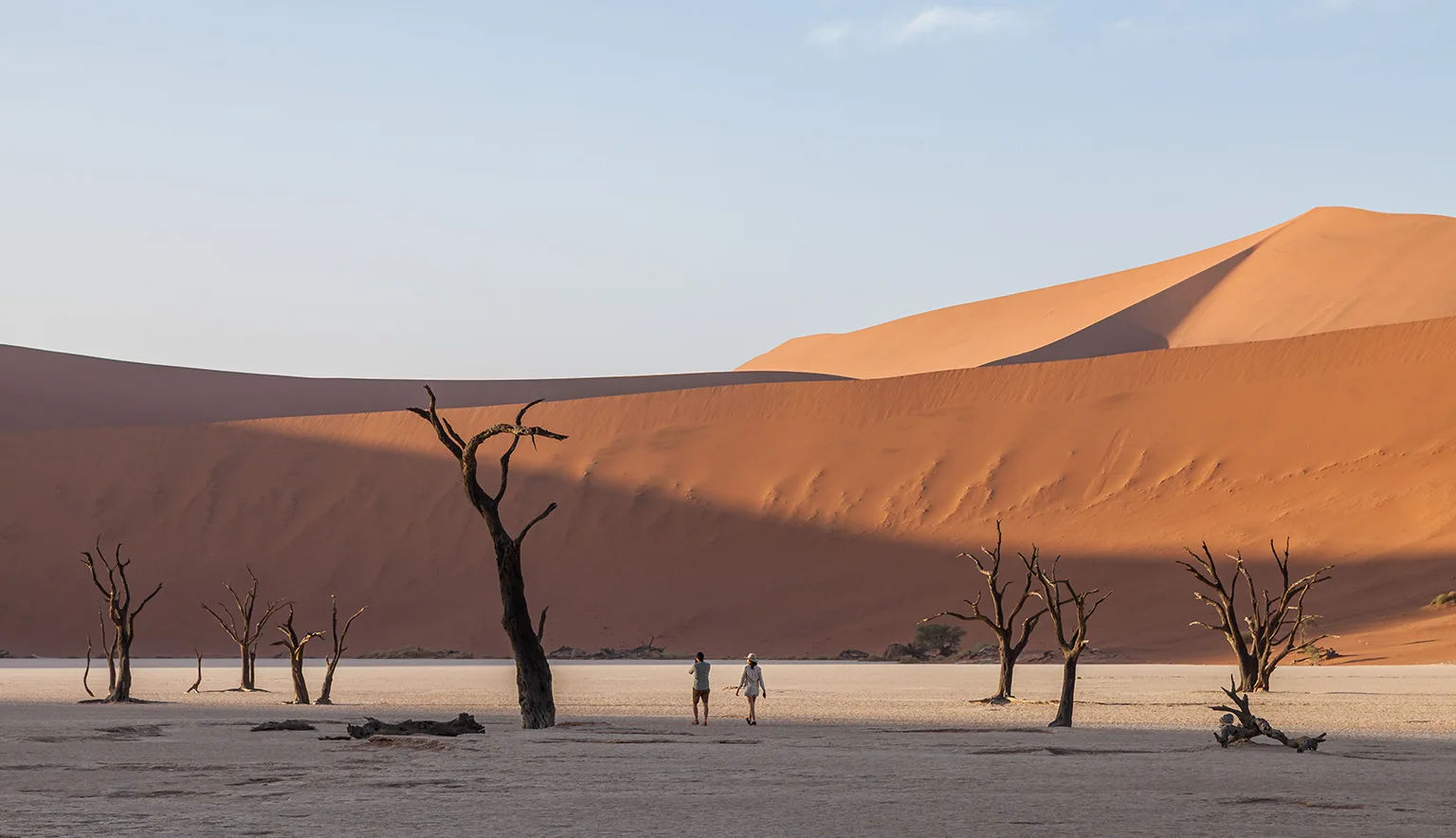Q&A WITH THE HOSPITALITY ASSOCIATION OF NAMIBIA
Founded nearly 40 years ago, the Hospitality Association of Namibia (HAN) is a trade association for the hospitality sector in the country, with its members representing every area of the industry, including hotels, guest houses, guest farms, lodges, rest camps, restaurants, conference centres, and catering services.
HAN proudly serves Namibia’s tourism sector by embodying service, excellence, respect, value, and ethics, and reflects the full diversity of the country and its myriad offerings. Its main focus is to maintain high-quality standards across hospitality establishments, ensuring visitors are able to fully experience all the nation has to celebrate.
Gitta Paetzold, CEO, expands upon the association’s origins, ambitions, and the secret treasures Namibia has waiting for those looking for a once-in-a-lifetime African adventure.
Can you talk us through the origins of HAN and its initial vision?
Gitta Paetzold, CEO (GP): HAN was founded in 1987 by 16 members, with that number today having matured to approximately 400. It represents the full spectrum of the hospitality industry because we believe that tourism is everyone’s business.
Suppliers to the industry, as well as publishers of literature and marketing companies, have also chosen to join the HAN family to unite their voices behind efforts to develop a sustainable tourism industry in Namibia.
What are your organisation’s current goals?
GP: HAN’s overall goals, or objectives, as defined by its constitution, are:
To promote the common interests of the members of the association, as well as provide them with benefits from being a member, and deal with all such matters.
To promote the sound development of the tourism industry in general, specifically the hospitality industry of Namibia.
To represent its members, whenever so required, and further promote, support, or oppose – as may be deemed expedient – any proposed legislative or other measures affecting the common interest of the members of the association.

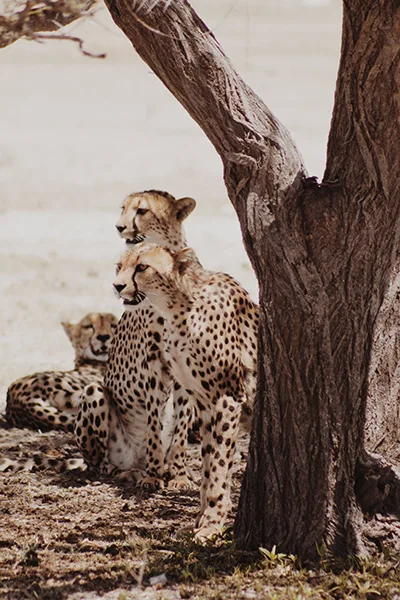
Please tell us more about HAN’s core values and what they mean to the organisation.
GM: Being in the service industry, with interpersonal focus as the key to our success in a flourishing hospitality industry, HAN played with the letters SERVE to define its core values, and listed them as such:
- Service – We exist to serve our members, and therefore, we shall not waver in our quest to promote and protect their collective interests.
- Excellence – We commit ourselves to upholding the highest possible standards and shall also pursue and expect the same level of excellence for the hospitality sector.
- Respect – We embrace people from all walks of life and value their uniqueness and contributions.
- Value – We dedicate ourselves to proactive promotion and protection of the hospitality sector through value-adding collaboration to reach its full potential.
- Ethics – We shall uphold principles of governance and integrity in all our dealings and pursue truth.
How do you market Namibia as a destination?
GM: HAN, as a non-profit voluntary organisation that advocates for the interests of its members, does not engage in active marketing activities for the country and its members directly.
However, as a key stakeholder and partner to institutions like the Namibia Tourism Board, which is Namibia’s statutory body established to both market Namibia as a travel destination of choice as well as to regulate the sector and apply quality controls, HAN acts in an advisory capacity in terms of marketing efforts, choice of destinations, and target markets.
It also advises its members on suitable events and activities to engage and participate in to ensure Namibia is represented as a desirable destination. In our efforts, we emphasise the diversity of Namibia in terms of landscapes, offerings, products, as well as the diverse cultural heritage the country offers, which makes it a unique selling point.
How do you promote off-season travel?
GM: In the past, the Namibian tourism sector was strongly seasonal, relying on the main travel period of our source markets (predominantly Western Europe) from July to September. At the time, Namibia focused on winter, which is an ideal game viewing opportunity – when it is dry and animals are prevalent at waterholes – which we believed to be the main attraction our country had to offer.
Things have changed extensively over the past decade, with our shoulder or green season from January to May offering spectacular sightings in terms of the colours of the desert, endless horizons of pastel, flowing rivers in otherwise arid outbacks, as well as seasonal cultural and gourmet experiences. From Namibia’s unique Omajova mushroom delicacy to the earthy Kalahari truffles found in some parts of East-Central Namibia after rain. It is increasingly becoming a must-taste experience that brings travellers to our country between February and May.
The green season also offers opportunities for better prices and greater availability, which has seen a shift in demand for accommodation and the ebbing out of spikes in tourism numbers throughout the year. There are a number of special offers, targeting local and Southern African Development Community (SADC) markets, but also green-season specials for international clients.
Being a long-haul destination and given the size of the country, travellers to Namibia need a certain number of days and weeks to make a journey to this southwestern part of Africa worthwhile. It is an ideal family destination, and we still depend on the Western holiday period for the bulk of our business.
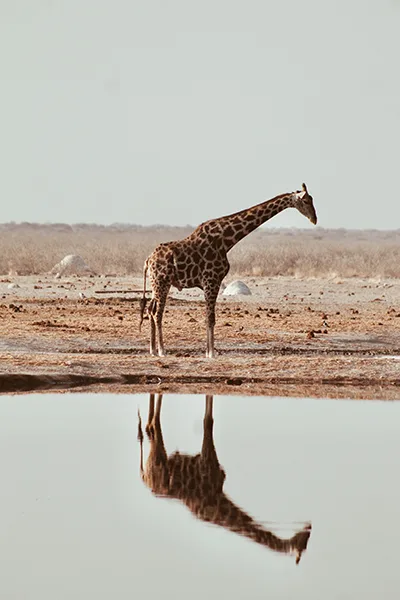
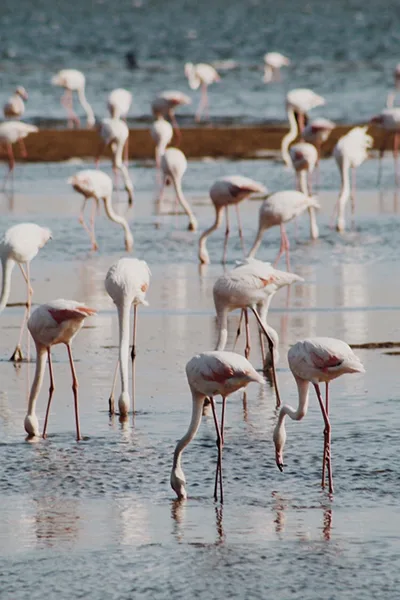
Are there any interesting projects in the pipeline you wish to highlight?
GM: A key attraction that Namibia shares with its neighbours is the Kavango-Zambezi Transfrontier Conservation Area (KAZA TFCA), the world’s largest trans-border conservation, joining the five countries of Angola, Botswana, Namibia, Zambia, and Zimbabwe. Namibia is actively promoting this region as ‘Africa’s Eden’ and, as such, continuously urges the implementation of a universal visa (uni-visa) for this region, making trans-frontier travel across borders easy and convenient.
Although Namibia is a huge country in terms of size, as one of the world’s least populated countries with just over three million people, its scope and capacity in terms of air access and hosting world events are currently limited. As a tourism sector, we are rallying behind efforts of the government through the Namibia Airports Company and the Investment Promotion and Development Board to increase air access capacity and attract more international airlines to this destination – the prospects of success look promising.
Furthermore, Namibia is actively working to establish a strong meetings, incentives, conferences, and exhibitions (MICE) market. We have a particular focus on the incentive’s component as the country, often referred to as ‘Africa light’, has well-established infrastructure in terms of roads and telecommunications, as well as a variety of venues for events. What is even more appealing is our seemingly endless potential to offer unique experiences to visitors in terms of scenery, cultural exchanges, and extreme sports activities, making it a perfect incentive destination.
Namibia is often still referred to as Africa’s best-kept secret, and whilst this title may hold some charm, HAN and the tourism sector in general are keen to shine more light on the scope of the tourism sector in Namibia. We are working on crafting an annual Tourism Market event that would allow for exposure, focus, and partnerships established both locally and internationally to reflect the full impact this sector has on Namibia’s economy and its people.
“Namibia is often still referred to as Africa’s best-kept secret, and whilst this title may hold some charm, HAN and the tourism sector in general are keen to shine more light on the scope of the tourism sector in Namibia”
Gitta Paetzold, CEO, Hospitality Association of Namibia
Why, in your opinion, should someone visit Namibia?
GM: Africa is globally accepted as the cradle of mankind – reason enough to be visited by everyone at least once in a lifetime!
We are aware that this continent may still be perceived as the ‘dark continent’, and some are hesitant to explore it. However, we in Namibia can confidently say that our country offers the perfect entry into beautiful Africa, offering a perfect mix between the developed and developing world. Namibia boasts modern water and sanitation infrastructure in key centres across the country. Equally, our cultural diversity offers a wide range of gourmet dining experiences from traditional food and local product offerings to the tasty international cuisine offered at tourism establishments by qualified chefs.
Namibia’s charm is that you have the best of both worlds. You can enjoy the comfort of modern-style city life, and within a five to 10-minute drive, immerse yourself in African bush life, far removed from the hassle and buzz of towns and nightlife.
Namibia is known to offer a soulful, liberating experience with its wide-open spaces and diverse landscapes. From the iconic Namib and Kalahari Deserts in the southwest to the wild running waters linking Kunene, the Kavango, and the Zambezi in the Northwest to the world’s largest trans-frontier conservation park, the country offers some very unique and diverse travel experiences.
“Namibia is known to offer a soulful, liberating experience with its wide-open spaces and diverse landscapes”
Gitta Paetzold, CEO, Hospitality Association of Namibia

What are some of the country’s most unique landmarks?
GM: Namibia is best known for its free-roaming wildlife as well as its large national parks. Etosha National Park in North-Central Namibia is one of the country’s key tourism flagships, as are Sossusvlei and the Deadvlei desert dune area in the south – a UNESCO World Heritage Site.
Namibia’s first UNESCO World Heritage Site is Twyfelfontein and is home to an unparalleled number of San rock engravings. This rock forms a coherent, extensive, and high-quality record of ritual practices relating to hunter-gather communities in this part of Southern Africa, spanning at least two millennia. It is reflective of Namibia’s rich cultural history and heritage – a geologist’s or archaeologist’s dream.
Furthermore, Namibia is known as the country where the desert meets the sea, where the wild, cold Atlantic meets the vast hinterland of orange sand dunes in the Namib Desert.
It also shares one of the world’s best wildlife recovery stories ever told. Namibia’s conservation and community tourism programmes offer an ideal platform to immerse and engage in authentic cultural experiences, alongside witnessing some of the traditional nomadic lifestyles and cultures of some of Namibia’s 14 different ethnic groups, most of whom have maintained their lifestyles and traditions over centuries and are proud to share their stories with guests.
What trends are transforming the tourism industry in Namibia, and how are you utilising them?
GM: Namibia is part of the fast-evolving globe, and as much as we would like to offer our visitors the chance to detach and unwind, we are aware of the need for connectivity and speed. As such, the tourism sector is committed to providing connectivity in terms of its business operations and booking processes, offering travellers a link to home and the outside world.
Namibia also offers a variety of travel styles, including guided coach tours and a compilation of flexible individual traveller (FIT) tours, as well as the independent ‘self-drive tourist’ – a market segment that currently dominates the Namibian tourism industry.
This is possible through well-established infrastructure and booking portals providing direct access to the multitude of offerings to travellers from all parts of the globe. With large parts of Namibia’s attractions based in rural areas, its accommodation offerings span the full spectrum of high-end exclusive lodges, tented facilities, glamping, camping, and self-catering, making the country a truly accessible travel destination to suit any taste.
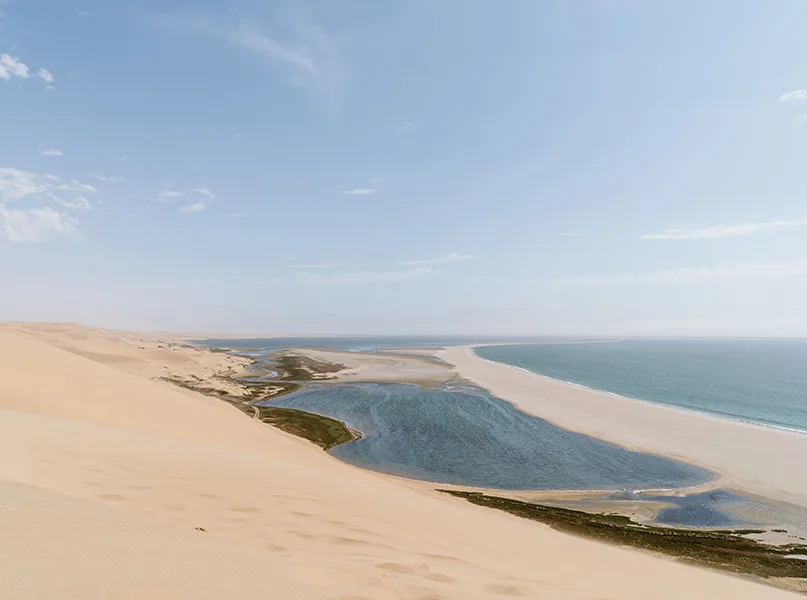
What challenges does the tourist industry in Namibia face?
GM: Given its location, Namibia is a long-haul destination for most of our key tourism markets. As such, air access remains our key challenge.
Post-COVID-19, and with the closure of our national airline, Air Namibia, the country has yet to see the return of an acceptable number of international airlines to service the route between this part of Southern Africa and Europe – let alone the Americas and Asia. Therefore, our potential for growth is currently hampered by a lack of air access, both in terms of numbers and costs of flights, given the near monopoly that current airlines connecting Namibia hold.
We are happy to note that Edelweiss, part of the Lufthansa Group, recently announced the introduction of twice-weekly direct flights between Zurich and Windhoek in the European high season – June to October – starting in summer 2026.
Furthermore, in a country where the traditional economy has been dominated by mining, fishing, and agriculture, tourism is yet to enjoy full recognition by its people and decision-makers in terms of the impact it makes, not only financially, but in terms of job creation, livelihoods, and community development. An active debate has started to ensure balance is maintained between sustainable development, land use, and conservation.
Namibia shares the global challenge of attracting suitable talent and skills to this industry, as tourism is seldom chosen as an ideal career path by youth.
As such, in 2023, HAN committed to the establishment of a Tourism Training Roadmap to document and showcase the potential this sector has in terms of job creation, entrepreneurship, and livelihoods for communities in remote areas where there is little chance of any other income, but offer the kind of pristine, unique environments travellers and locals want to experience.
Are you optimistic about the future of the tourism industry in Namibia?
GM: Definitely, as tourism may be the country’s only truly sustainable economic sector ever if developed and managed sustainably. Given the foundation and key pillars upon which the Namibian tourism model is based – namely the environment, conservation, wildlife, and its people – it may hold the golden key for sustainability and long-term economic profitability in Namibia, with the tri-pod of people, planet, and profitability strongly established to cook up a tasty, vibrant, and unique tourism experience for all to enjoy.


